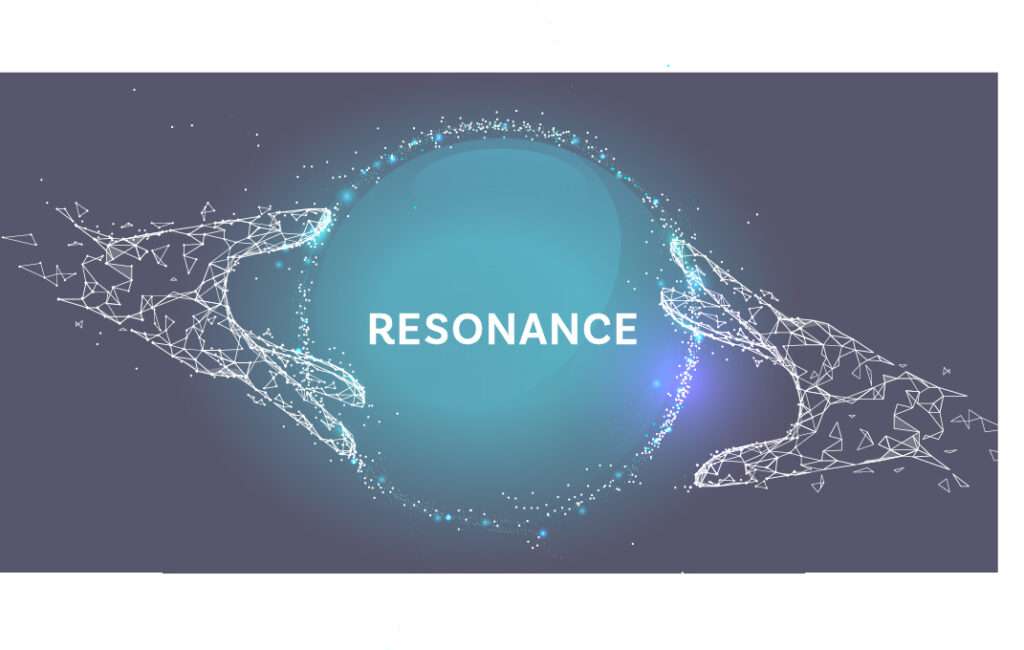noun res·o·nance \ˈre-zə-nən(t)s, ˈrez-nən(t)s\
The concept of Resonance speaks to our value of being with and becoming with people. Resonance also encompasses the love of listening; to sounds of the natural world, music, and silence. Resonance is an important part of attunement and connection through listening. Through Resonance, thought, feeling, body sensing, and meaning can align in surprising ways and become a source of guidance. This is not always easily expressed in words but can become a felt-sense experience of connection and hope.

Adapted from the Oxford English Dictionary, on Resonance: Resonance is the quality in a sound of being deep, full, and reverberating: the resonance of her voice
Resonance implies the space in and between people and the meaningful ways we connect through voices and felt senses. Resonance is the power to evoke enduring images, memories, and emotions… Tapping into images of beauty, healing and stories that support us to create the lives we hope for.
From Physics: Just as sounds are affected by their reflection, bouncing off of various surfaces… The space between us and in us comes alive with our speech, stories shared, embodied experiences seen and heard
Mechanics: Resonance is the condition in which an object or system is subjected to an oscillating force having a frequency close to its own natural frequency. We resonate with our own natural frequencies and our frequencies interact, entraining with the rhythms of those around us. Through resonating together, we co-create our worlds in the physical and social spaces between us
Chemistry: Resonance is the property of having a molecular structure which cannot adequately be represented by a single structural formula but is a composite of two or more structures of higher energy. Chemical resonance is the interactions of formulae; it is also a way to imagine complex neurological processes we can sense in our interior landscapes, and also in earth’s ecosystems which include human and non-human kin.
Physics: A short-lived subatomic particle that is an excited state of a more stable particle. It is imaginable that subatomic movement mirrors the relation between excitable sympathetic (ergotropic) and parasympathetic (trophotropic) stability. Cycles of arousal and settling; traces, resonances in our bodies map our history and show us the way home.
